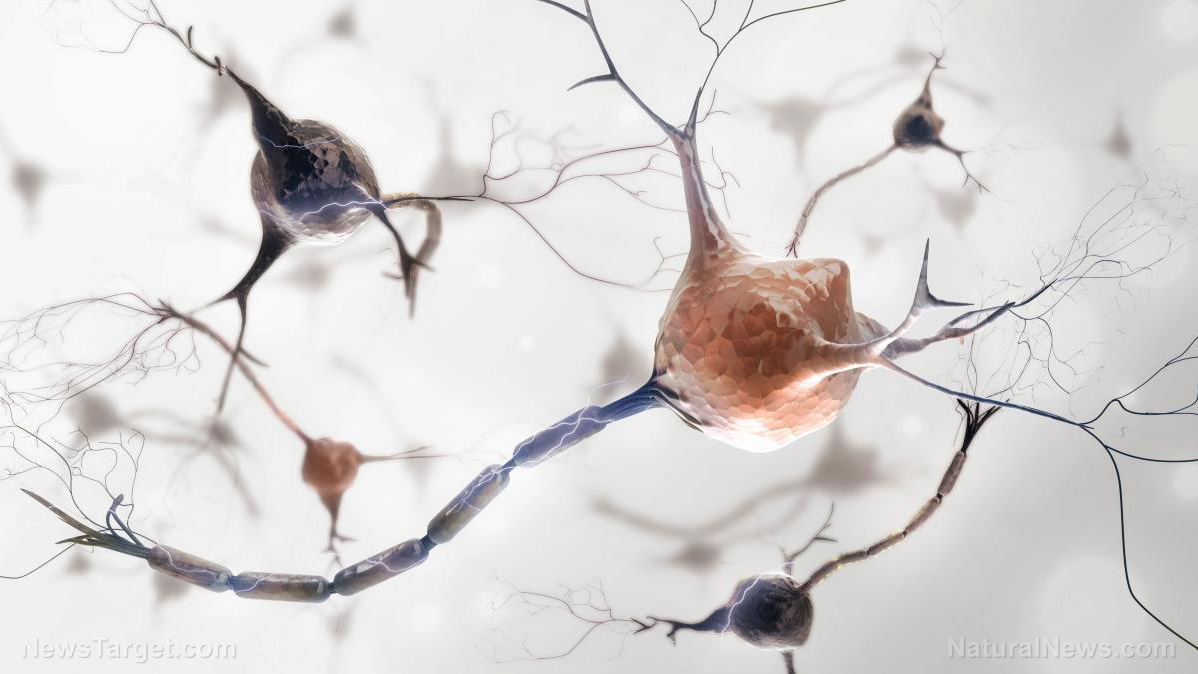Scientists discover fully regenerating marine animal
05/28/2021 / By Divina Ramirez

Certain amphibians, fish and other sea creatures can grow back missing limbs or damaged organs like brains and hearts. But one species of sea squirt, in particular, takes regeneration to the extreme, growing back entire organs even after being dissected into three separate, organless sections.
Researchers from Tel Aviv University in Israel were shocked to discover that the sea squirt species known as Polycarpa mytiligera survived after being dissected into three sections, even regenerating its organs.
The discovery was astounding because sea squirts belong to the phylum Chordata, just like humans. Animals that belong to this group have a dorsal cord.
The researchers published their findings in the journal Frontiers in Cell and Developmental Biology.
Solitary sea squirt can easily regenerate its organs
The sea squirt is a relatively simple organism. It has two openings in its body: an entry and an exit. Inside its body is a central organ that filters food particles from water. The food particles remain in the body and clean water is flushed out. Sea squirts are considered the closest to humans, among invertebrates, from an evolutionary perspective.
Sea squirts are known to have regenerative capacities. However, only those species that reproduce asexually are capable of regeneration – and simple regeneration at that. This means they replicate themselves to grow.
The researchers found the sea squirt species in the Gulf of Eilat, a long, narrow and deep inlet bordered by Egypt, Israel, Jordan and Saudi Arabia. This species of sea squirt only reproduces sexually, which is why the discovery is so remarkable. It also lives a solitary life. Previous studies showed that the animal can regenerate its digestive system and its entry and exit points in just a few days.
To better understand the regenerative abilities of P. mytiligera, the researchers dissected adult animals into two sections. The animals were able to regenerate the missing sections without any problem.
In another experiment, the researchers dissected several dozen adult animals into three sections. They left a part of the body without a nerve center, heart and part of the digestive system.
They found that each section survived the dissection and that all of the sections regenerated organs. In all, they ended up with three sea squirts for each sea squirt they started with.
“This is very astonishing,” said study lead author Tal Gordon. “Never before has such regenerative capacity been discovered among a solitary species that reproduces sexually, anywhere in the world.”
Sea squirts are unique among chordates because they have robust regenerative abilities, including whole-body regeneration following an injury. The latest study’s findings show that solitary sea squirts, in particular, possess more exceptional regenerative abilities compared to their colonial relatives.
Scientists have long been fascinated by the ability of certain animals to regenerate damaged or missing organs. To a certain extent, regeneration can be an exceptionally useful ability to have. This study could help scientists better understand how regeneration works and how it may possibly be applied to human bodies, said study co-author Noa Shenkar.
The operative subtext to this story is hard to miss: If humans can regenerate damaged organs or missing limbs, then life-threatening illnesses could be easily worked around without the need for expensive medical treatments that do not guarantee positive results.
The study’s findings may also help scientists better understand how regeneration works in other chordates or whether they are capable of similar whole-body regeneration as sea squirts. (Related: Cool science: Researchers have successfully observed how fish and amphibians regenerate tissue into their perfect original shape.)
Learn more about cool science such as animals capable of regeneration at WeirdScienceNews.com.
Sources include:
Tagged Under: animals, biology, chordates, cool science, discovery, regeneration, research, sea squirts, weird science
RECENT NEWS & ARTICLES
COPYRIGHT © 2017 WEIRDSCIENCENEWS.COM
All content posted on this site is protected under Free Speech. WeirdScienceNews.com is not responsible for content written by contributing authors. The information on this site is provided for educational and entertainment purposes only. It is not intended as a substitute for professional advice of any kind. WeirdScienceNews.com assumes no responsibility for the use or misuse of this material. All trademarks, registered trademarks and service marks mentioned on this site are the property of their respective owners.





















